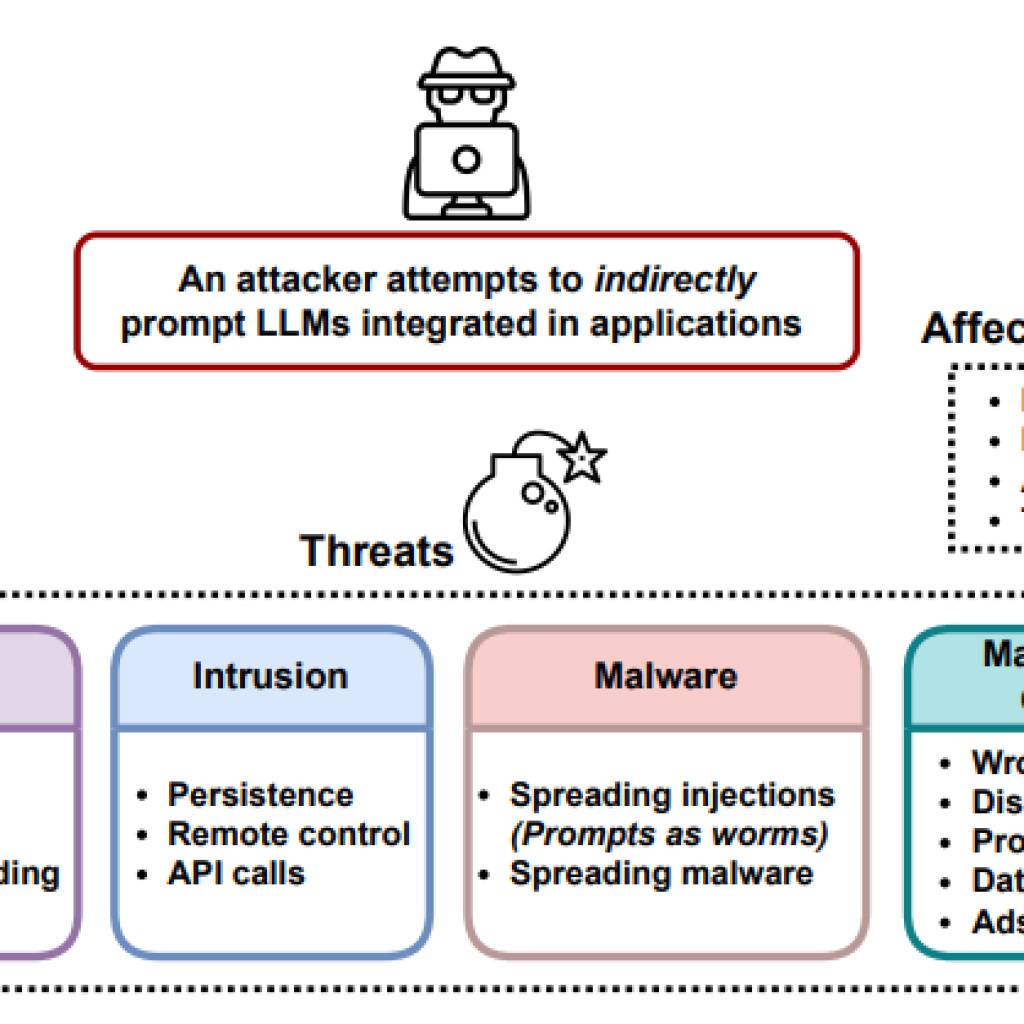Researchers from the University of Cambridge, in collaboration with Jaguar Land Rover (JLR), have developed an adaptable algorithm that has the potential to significantly improve road safety by predicting when drivers can safely interact with in-vehicle systems or receive messages while driving. This innovative approach combines on-road experiments with machine learning techniques to continuously measure driver workload, allowing for real-time adjustments in response to changing conditions and driver behaviour.
Adaptive algorithm for enhanced road safety
The algorithm developed by the researchers is highly adaptable and capable of responding to variations in driver workload, road conditions, road types, and driver characteristics. It utilizes a combination of machine learning and Bayesian filtering techniques to assess the driver’s workload continuously. For instance, driving in an unfamiliar area or heavy traffic may indicate a higher workload, while a daily commute may signify a lower workload.
The primary objective of this technology is to enhance road safety by customizing driver-vehicle interactions. For instance, drivers are alerted to non-urgent messages and notifications during low-workload periods, ensuring they can maintain their full concentration on the road during more demanding driving scenarios.
The increasing availability of data within vehicles has the potential to be a major risk factor for road safety, as it can lead to distractions for drivers. To address this challenge, it is crucial to have a system in place to assess the driver’s workload continuously. By understanding the driver’s level of engagement and the road conditions, the system can prioritize when to present information or alerts to the driver, ensuring that it occurs during periods of lower workload.
Measuring driver workload
While there are existing algorithms that measure driver demand using eye gaze trackers and biometric data, the Cambridge researchers aimed to develop an approach that relies on readily available data from any vehicle, specifically driving performance signals such as steering, acceleration, and braking data. This approach allows for the consumption and fusion of various unsynchronized data streams, including data from biometric sensors if available.
To measure driver workload, the researchers conducted on-road experiments using a modified version of the Peripheral Detection Task. Participants were asked to press a finger-worn button whenever they perceived a low workload scenario, indicated by a red LED light blinking at regular intervals on a phone displaying a navigation app. Video analysis and button data enabled the identification of high-workload situations, such as navigating busy junctions or encountering unusual vehicle behavior.
Adaptive machine learning framework
The data collected during the experiments was used to develop and validate a supervised machine learning framework. This framework profiles drivers based on their average workload and employs Bayesian filtering techniques for real-time estimation of the driver’s instantaneous workload. It combines macro and micro measures of workload, allowing for adaptation to different road types, conditions, or drivers using the same vehicle.
The research collaboration with Jaguar Land Rover (JLR) involved experimental design and data collection. JLR’s Senior Technical Specialist of Human Machine Interface, Dr. Lee Skrypchuk, emphasized the importance of this research in understanding the impact of design from a user perspective. It will help improve safety and driving experiences by optimizing the timing of notifications and interactions within JLR’s vehicles.
Continual improvement in safety
By using this adaptive algorithm, vehicles can deliver notifications and interactions to drivers at appropriate times, reducing the risk of distractions during high-workload scenarios. This technology represents a significant step toward improving road safety by ensuring that drivers remain focused on the road, especially in demanding driving situations.
The research at the University of Cambridge was conducted by a team of researchers from the Signal Processing and Communications Laboratory (SigProC), Department of Engineering, under the supervision of Professor Simon Godsill. Led by Dr. Bashar Ahmad, the team included Nermin Caber and Dr. Jiaming Liang, who all contributed to the project’s success.
In an era of increasing connectivity within vehicles, monitoring and adapting to driver workload are essential for road safety. The innovative algorithm developed by the University of Cambridge, in collaboration with Jaguar Land Rover, offers a promising solution to this challenge. By prioritizing safety and optimizing driver-vehicle interactions, this technology has the potential to significantly enhance the overall driving experience while reducing distractions on the road.





